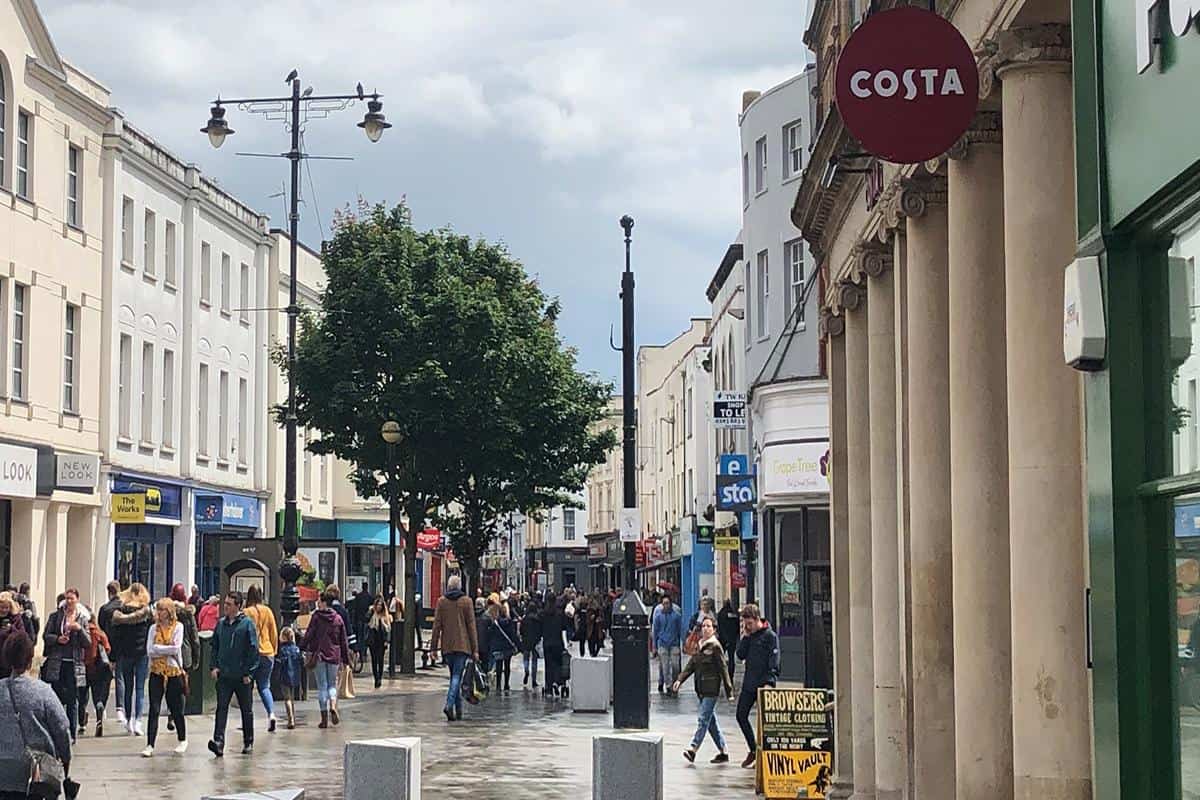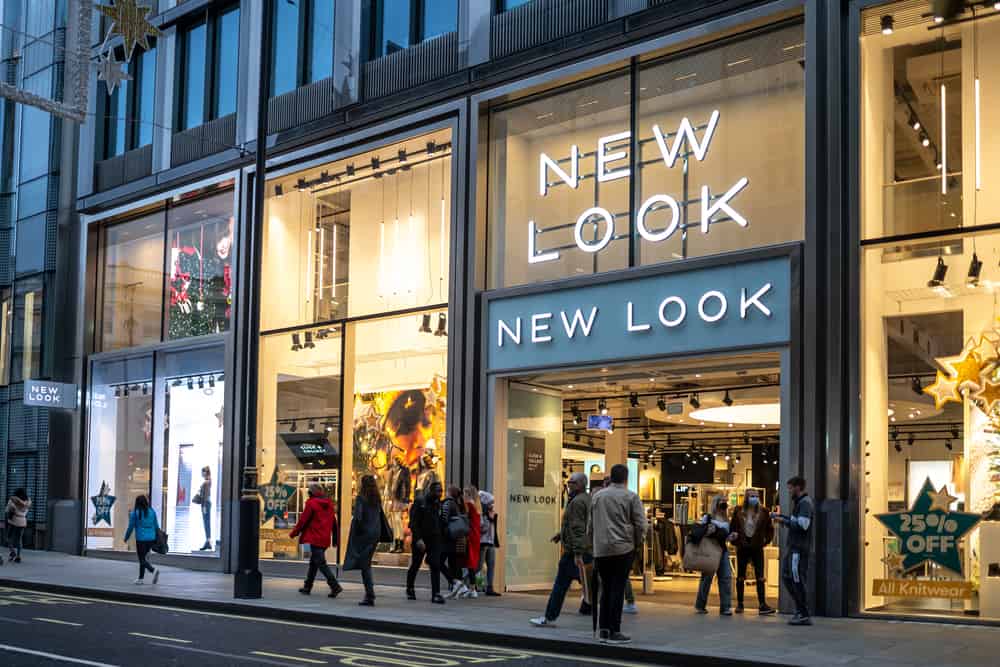The number of shops lying empty on Great Britain’s streets fell in the final quarter of 2022 – but have yet to recover to pre-pandemic levels, new analysis suggests.
The overall vacancy rate improve to 13.8% of stock in the fourth quarter of last year, according to the BRC-LDC Vacancy Monitor for the period. That represents a 0.1 percentage point (pp) improvement on the third quarter, and a 0.6pp improvement on the same time a year earlier.
This was the fifth quarter in a row of falling vacancies with improvements seen across retail locations, from shopping centres (-0.6pp to 18.2%), and high streets (-0.1pp to 13.8%) to retail parks (-0.7pp to 9.0%). The lowest vacancies were seen in Greater London, the South East and the East of England, while the highest were in the North East, followed by Wales and the West Midlands.
However, the rate is yet to recover to pre-pandemic levels, says British Retail Consortium chief executive Helen Dickinson, who adds: “Retail occupancy was boosted by the return of international tourists visiting UK towns and cities and more frequent visits to offices. These trends have given many retailers the confidence to invest in repurposing and reopening empty units. The North East, in particular, has benefitted from this investment boost, with the region seeing the biggest increase in store openings. However, it still lags behind other parts of the UK, with the highest vacancy rate in the country.
“The first half of 2023 will likely be yet another challenging time for retailers and their customers. There are few signs that retailers’ input costs will ease, putting further pressure on margins, and making businesses think twice on how much investment to make. However, the situation should improve in the second half of the year, as inflationary pressures begin to ease and consumer confidence is expected to return.”
Lucy Stainton, commercial director at the Local Data Company, says it’s “really positive” to see empty unit numbers falling since the rate reflects the overall health of physical retail and leisure. “Retail parks continue to outperform other location types which is perhaps an indication that some of those shopping habits formed during the height of Covid are sticking – with consumers favouring these drive-to locations and larger format units,” she says.
“That being said, shopping centres have also seen a relatively significant decline in vacancy rates with investors in some instances seeing an opportunity to convert space into alternative uses to meet the needs of the local catchment, as well as new concepts coming to market and brands returning to expansion. The Christmas trading period seemed to indicate that consumers were favouring, and returning to stores, alongside their online spend. With retail spaces sitting at the centre of our communities hopefully this will support a continued, even if measured, decrease in empty units.”









